The defense potential of India in the images of Google earth. Part 1
According to the Stockholm Peace Research Institute (SIPRI), India’s defense expenditures for 2015 for the year amounted to $ 55,5 billion. According to this indicator, India is in sixth place, slightly behind the UK. While the military budget of India is less by $ 15 billion than that of Russia, this country manages to implement its own very ambitious programs for developing equipment and weapons and to purchase the most advanced abroad weapon, including aircraft carriers and modern fighter jets. India ranks first in the world in terms of arms imports. All in all, there are about 1 million 100 thousand people serving in the Indian armed forces. Such large expenditures on defense and numerous armed forces are explained by unresolved territorial disputes with its neighbors - Pakistan and the PRC, as well as problems with all sorts of extremists and separatists. In recent decades, the armed forces of India strengthened very rapidly. The troops receive new models of weapons, built new airfields, test sites and test centers. All this can be seen on satellite images.
The ground forces of India are very numerous and are the basis of the armed forces, they serve about 900 thousand people. The Ground Forces include: 5 military districts, 4 field armies, 12 army corps, 36 divisions (18 infantry, 3 armored, 4 quick reaction, 10 mining, 1 artillery), 15 separate brigades (5 armored, 7 infantry, 2 mining , 1 airborne), 4 anti-aircraft artillery and 3 engineering brigades, a separate missile regiment. In the army aviation 22 squadrons with 150 HAL Dhruv military transport helicopters, 40 multi-purpose HAL SA315B helicopters and more than 20 anti-tank HAL Rudra helicopters.
The Indian army has an impressive armored fleet. The troops have 124 tank own development "Arjun", 1250 modern Russian MBT T-90 and more than 2000 Soviet T-72M. In addition, more than 1000 T-55 and Vijayanta tanks are still in storage. The infantry moves under the protection of 1800 BMP-2 armor and 300 wheeled armored personnel carriers. Approximately 900 Soviet T-55 tanks were converted into heavy tracked armored personnel carriers.
Artillery Park Indian Army is very diverse: 100 ACS "Catapult" (130-46 mm M-chassis "vijayanta" tank), there are about 200 122 Soviet-mm self-propelled guns 2S1 "Carnation" and English 105-mm self-propelled guns, "Abbot". After winning the competition for 155-mm self-propelled guns of the South Korean SAX K9 Thunder, more than 100 of these self-propelled guns were delivered to the troops. In addition to the ACS, there are about 7 000 towed guns of various calibers and 7 000 81-120-mm mortars in the troops and in storage. Since 2010, India has been negotiating with the United States to acquire the X-NUMX-mm howitzer M-155. It seems that the parties have been able to agree, and howitzers will go into service with units intended for operations in mountainous areas. MLRS is represented by Russian 777-mm "Smerch" (300 installations), Soviet 64-mm "Grad" and Indian 122-mm "Pinaka", respectively, 214 and 150 machines. The anti-tank units have more than 80 ATGMs: the Kornet, Konkurs, Milan and approximately 2000 self-propelled Namika ATGMs (Indian Nag-based ATGMs on the BMP-40 chassis) and Sturm.
The air defense of the Ground Forces is provided by ZSU-23-4 Shilka (70), ZRPK Tunguska (180), and the Osa-AKM (80) and Strela-10 (250) SAMs. All the Kvadrat SAM (export version of the Kub CRA) is currently written off due to the development of the resource. The Akash air defense system is designed to replace them; this complex was created in India on the basis of the Kvadrat air defense system and has just begun to enter service. For air defense small units there are about 3000 MANPADS "Igla".
As far as possible, the Indian leadership is trying to establish its own production and modernization of military equipment. Thus, in the city of Avadi, Tamil Nadu, the HVF plant assembles the T-90 and Arjun tanks.
In the middle of the 90-x, the Indian missile units received an operational tactical missile system (PTRK) with a Prithvi-1 liquid-propellant rocket with a maximum launch range - 150 km. When creating this rocket, Indian designers used technical solutions implemented in the anti-aircraft missile of the Soviet anti-aircraft complex C-75. In 10 years, the Indian rocket arsenal added to the Prithvi-2 OTRK with a maximum range of more than 250 kilometers. When deployed on the India-Pakistan border, the Prithvi-2 OTRK can shoot about a quarter of Pakistan’s territory, including Islamabad.
The creation of Indian ballistic missiles with solid-fuel engines began in the early 80-x, the first was the ATP "Agni-1" with a launch range of up to 700 km. It is designed to bridge the gap between the Prithvi-2 OTR and medium-range ballistic missiles (MRSD). Soon, the Agni-1 was followed by a two-stage MRJT Agni-2. It partially uses elements of the Agni-1 rocket. The launch range of the Agni-2 is over 2500 km. The rocket is transported on a railway or car platform.
According to foreign expert estimates, India currently has more than 25 medium-range Agni-2 missiles. The next in the family was the Agni-3, this missile is capable of sending a warhead over a distance of more than 3500 km. Such large Chinese cities as Beijing and Shanghai are in the zone of its defeat.
In 2015, information appeared about the successful tests of the first Indian three-stage solid-fuel rocket Agni-5. According to the Indian representatives, it is able to deliver a warhead weighing 1100 kg to a distance of more than 5500 km. Presumably, "Agni-5" with a mass of more than 50 t is intended for placement in protected mine launchers (silo silos). It is expected that the first missiles of this type can be put on combat duty in the coming 3-4 of the year.
Flight design tests of ballistic missiles in India are carried out at test sites: Thumba, Sriharikot and Chandipur. The largest is the Shriharikot test site, where heavy rockets are being tested, and from where Indian spacecraft launches.
At the moment, the missile test site on the island of Sriharikot in the Bay of Bengal in the south of the state of Andhra Pradesh has the status of a cosmodrome. He received the modern name “Satish Dhavan Space Center” in 2002, in honor of the head of the Indian Space Research Organization after his death.
Now on the island of Shriharikot there are two operating launch pads for medium and light class launch vehicles, put into operation in 1993 and in 2005 year. At 2016, the construction of a third starting position is planned.
Ballistic missiles are considered in India primarily as a means of delivering nuclear weapons. Practical work on the creation of nuclear weapons in India began in the late 60's. The first nuclear test with a symbolic name - "Smiling Buddha" was held on 18 May 1974 of the year. According to the statements of Indian representatives (officially it was a “peaceful” nuclear explosion), the power of a nuclear explosive device was 12 CT.
Unlike the first Chinese nuclear explosions, the Indian test at Pocaran in the Thar Desert was underground. At the site of the explosion, a crater was originally formed with a diameter of about 90 meters and a depth of 10 meters. Apparently, the level of radioactivity in this place now is not much different from the natural background. The satellite image shows that the crater formed as a result of a nuclear test was overgrown with shrubs.
The main Indian center for the implementation of the nuclear weapons program is the Trombey Nuclear Center (Center for Nuclear Research named after Homi Baba). Plutonium production, development and assembly of nuclear weapons and safety studies of nuclear weapons are underway.
The first Indian nuclear weapons were plutonium atomic bombs ranging in power from 12 to 20 CT. In the middle of 90's, there was a need to modernize the nuclear potential of India. In this regard, the country's leadership decided to refuse to accede to the Comprehensive Nuclear-Test-Ban Treaty, formally referring to the absence of a provision in it on the mandatory elimination of nuclear weapons stockpiles by all nuclear powers. Nuclear tests in India resumed 11 May 1998 of the year. On this day, three nuclear devices with a power of 12-45 kt were tested at the Pogran site. According to some experts, the power of the last thermonuclear charge was deliberately reduced relative to the design value (100 kt) in order to avoid the release of radioactive substances into the atmosphere. 13 on May two explosives with a capacity of 0,3-0,5 kt were blown up. This testifies to the fact that in India, work is underway to create miniature nuclear weapons of the “battlefield”, intended for “nuclear artillery” and tactical missiles.
According to foreign expert estimates published in India at the moment, about 1200 kg of weapons-grade plutonium is produced. Although this volume is comparable to the total amount of plutonium obtained in China, India is far behind China in terms of the number of nuclear warheads. Most experts agree that India has 90 — 110 ready-to-use nuclear weapons. Most of the nuclear warheads are stored separately from carriers in fortified underground cellars in the areas of Jodhpur (Rajasthan) and Pune (Maharashtra).
The creation and adoption of nuclear weapons in India is due to contradictions with neighboring Pakistan and China. Armed conflicts have repeatedly occurred with these countries in the past, and India needed a trump card to protect its national interests and territorial integrity. In addition, the first nuclear test in China was carried out on 10 years earlier than in India.
The first delivery vehicle for Indian nuclear bombs was British-made Canberra bombers. Due to this specific role, the hopelessly outdated subsonic bomber with a direct wing remained in service until the middle of the 90-s. At the moment, the Indian Air Force (Indian Air Force) has about 1500 aircraft, helicopters and UAVs, of which more than 700 fighters and fighter-bombers. The Air Force has 38 aviation wing headquarters and 47 squadrons of combat aviation. This puts India in fourth place among the largest air forces in the world (after the United States, Russia and the PRC). However, India is significantly superior to Russia in the existing network of hard-surface airfields. Indian air forces have a rich combat history, in service in this country in the past consisted of airplanes and helicopters of the Soviet, Western and domestic production.
For the Indian Air Force is characterized by the basing of combat air units on the airfields with numerous capital concrete shelters for aircraft. Farkhor is the only Indian air base outside the country, it is located in Tajikistan, 130 kilometers southeast of Dushanbe. The Farkhor air base provided the Indian military with broad strategic opportunities in Central Asia, and increased the influence of India in Afghanistan. In the event of another conflict with Pakistan, this base will allow the Indian Air Force to completely surround the neighbor with the air.
The highest combat value in the IAF are heavy fighters Su-30MKI. This multipurpose double fighter with front horizontal tail and engine with a deflecting thrust vector is built in India from assembly kits supplied from Russia, using Israeli and French avionics.
Currently, the Indian Air Force has 240 Su-30MKI. In addition to Russian-made heavy fighter aircraft, the Indian Air Force has approximately 60 MiG-29 of various modifications, including the MiG-29UPG and the MiG-29UB.
From 1985 to 1996 in India, a MiG-27M fighter-bomber was built under license in an aircraft factory in Nasik. In India, these machines were renamed "Bahadur" (ind. "Brave").
In total, taking into account Soviet shipments, the Indian Air Force received an 210 MiG-27M. "Bahadury" demonstrated high combat effectiveness in a number of armed conflicts on the border with Pakistan, but more than two dozen aircraft were lost in accidents and catastrophes. Most of the flight accidents were associated with engine defects, in addition, Russian experts have repeatedly pointed out the poor build quality of the aircraft and inadequate maintenance. However, this is typical not only for the MiG-27M, but also for the entire fleet of the Indian Air Force. As of January 2016, the 94 MiG-27M was in service, however, the life cycle of these machines ends, and they are all planned to be written off by the 2020 year.
The IAF still has around 200 upgraded MiG-21bis fighter (MiG-21 Bison). It is assumed that the aircraft of this type will remain in service until 2020 year. In recent years, the largest number of flight accidents happened to Indian-made MiG-21 fighters. A significant part of these aircraft has already developed its resource and is subject to write-off. The satellite images show how light-sized MiG-21 and heavy Su-30 MKI differ in size.
In the future, the MiG-21 and MiG-27 are planned to be replaced by the HAL Tejas light Indian fighter. This single-engine aircraft is built according to the tailless pattern and has a delta wing.
For the Indian Air Force, it is planned to build more 200 fighters, currently Tedzhas is being built in small batches at the HAL aircraft factory in Bangalore, and is being tested. Deliveries of light fighters "Tejas" for military tests in combat units began in the 2015 year.
In addition to the "MiGs" and "Su", the Indian Air Force exploited Western-made aircraft. From 1981 to 1987 in Bangalore, the Sepecat Jaguar S fighter-bomber was assembled from kits supplied by the UK. At the moment, about 140 Jaguars are in flight state (taking into account those located in training and testing centers).
In addition to the Jaguars, there are slightly more 50 French fighters Mirage 2000TH and Mirage 2000TS in India. The small number of "Mirage" in the Indian Air Force due to their specific role. According to information leaked to the media, these vehicles were primarily viewed as a means of delivering nuclear weapons, and were purchased in France to replace obsolete Canberra bombers.
The Indian Air Force acquired 42 single and 8 twin fighters Mirage-2000H in the middle of the 1980's. Another 10 machines were purchased in 2005 year. In accidents and plane crashes at least seven cars were lost. Part of the Indian "Mirage" in order to increase their strike potential during the modernization was brought to the level of Mirage 2000-5 McNUMX. However, rumors about equipping these strike aircraft with Russian air registers of the P-2 air combat have no basis.
To be continued ...
Based on:
http://www.isro.gov.in
http://armstrade.org
https://www.bharat-rakshak.com/IAF/units/others/281-fleet.html
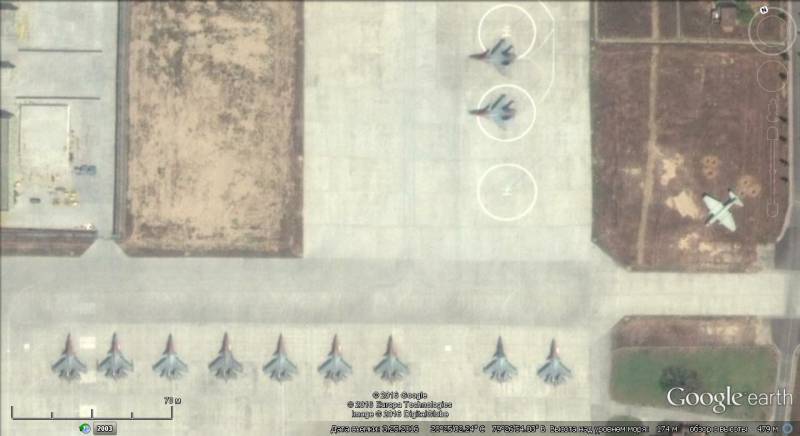
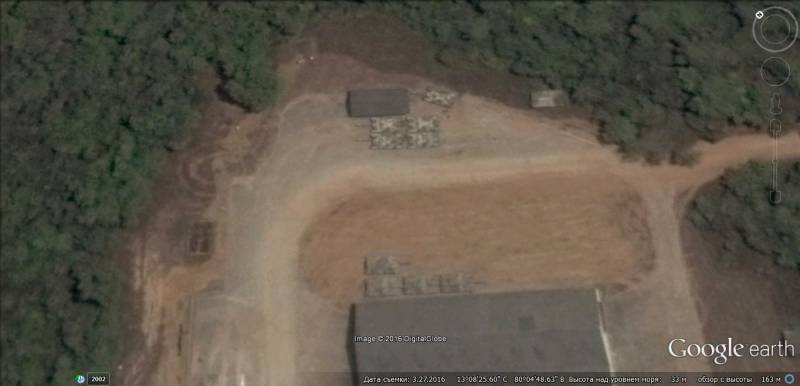
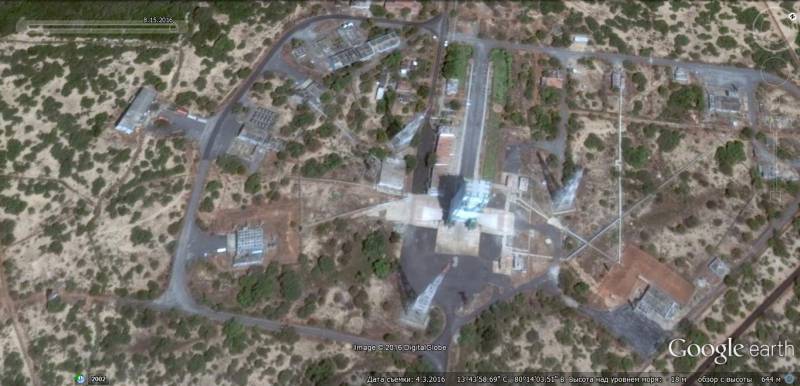
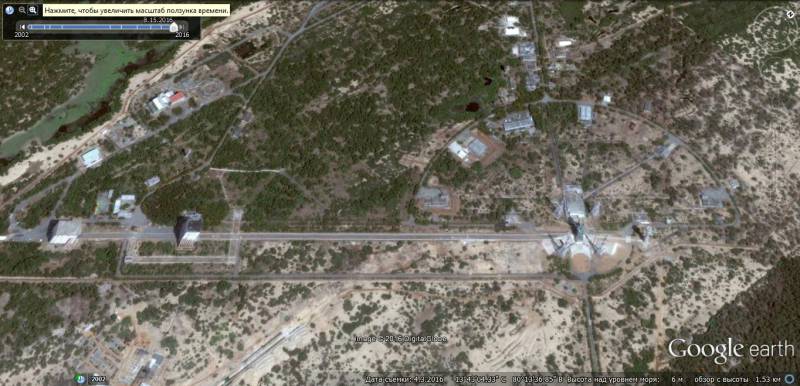
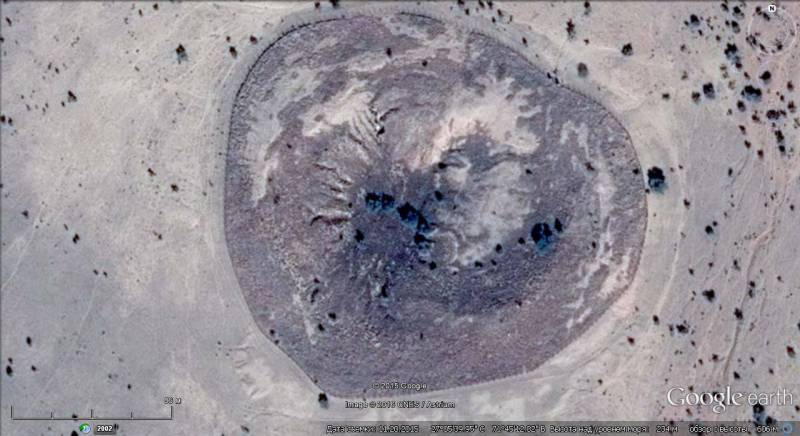
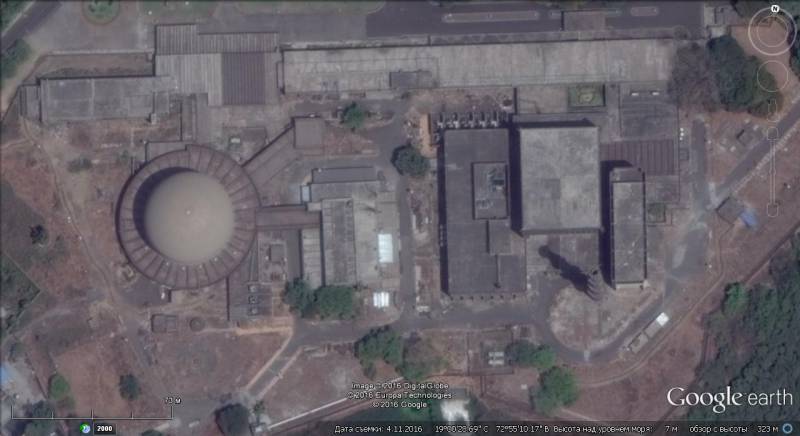
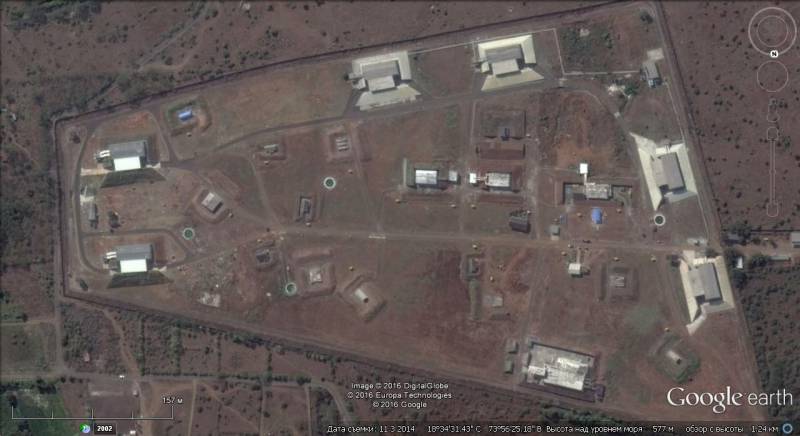
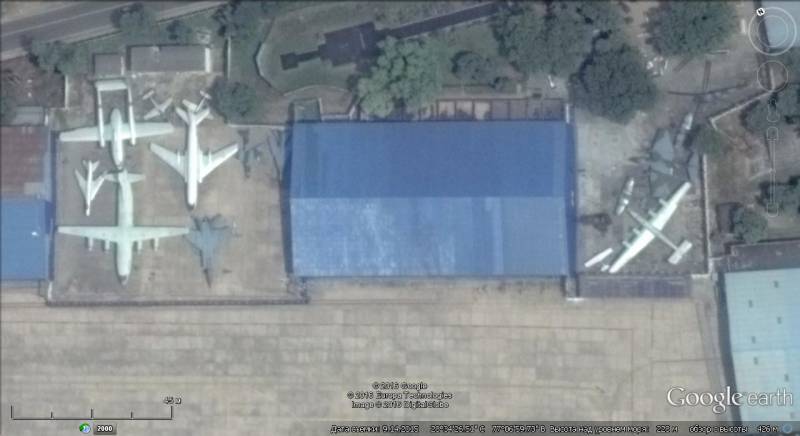
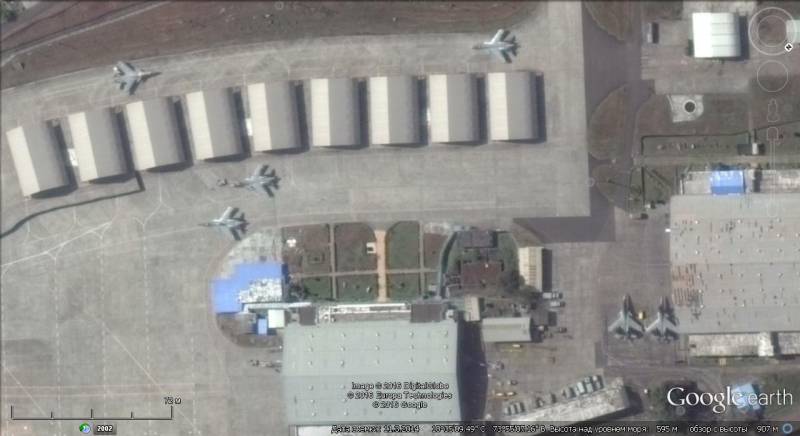
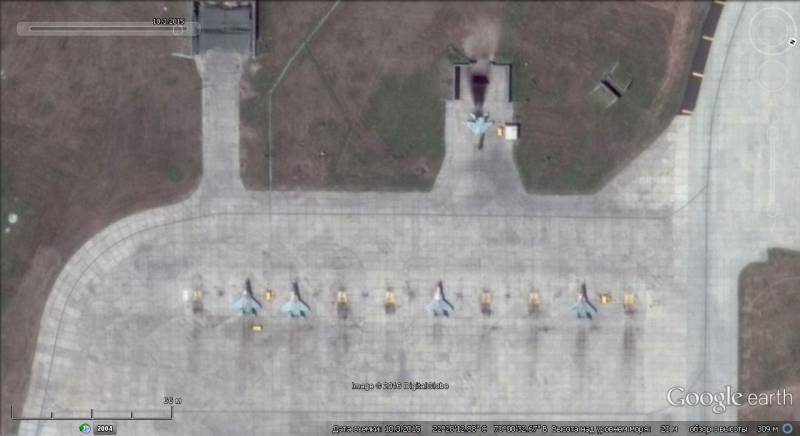
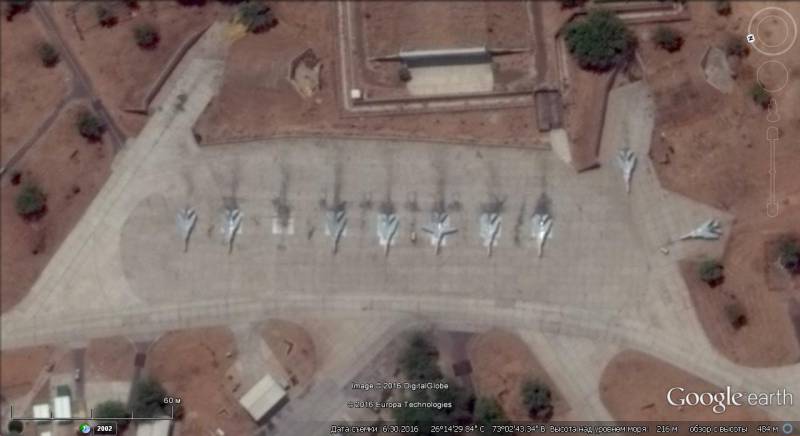
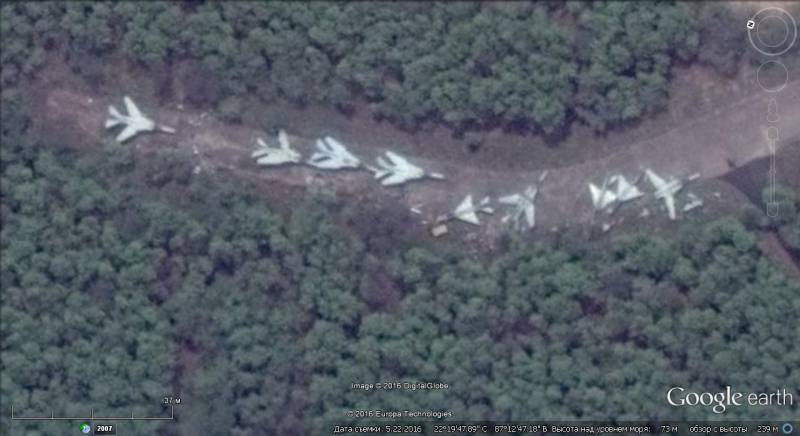
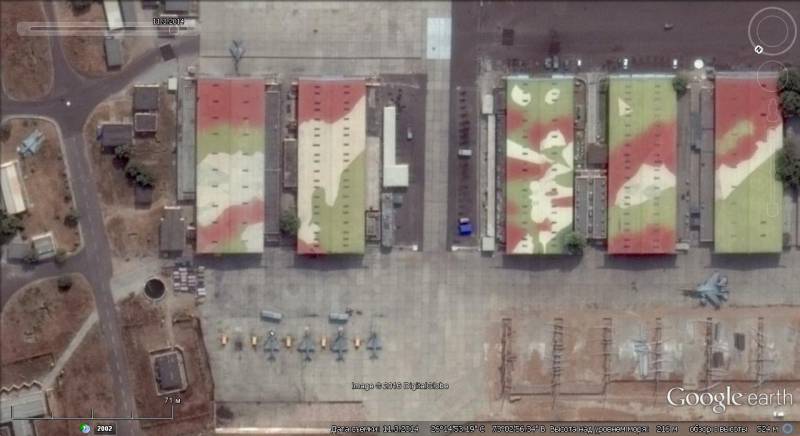
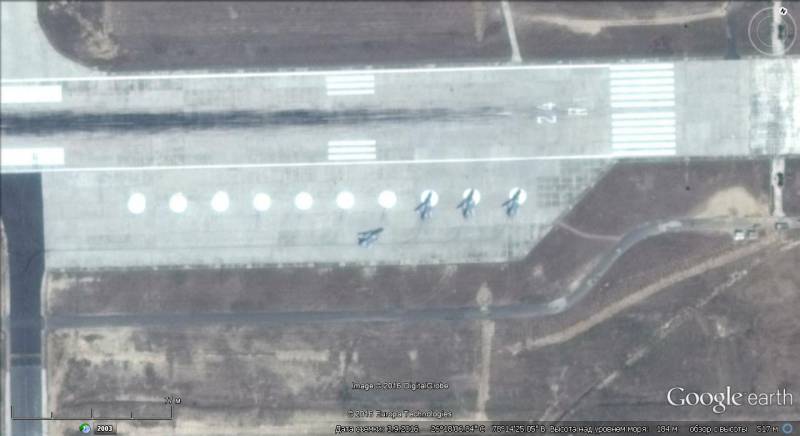
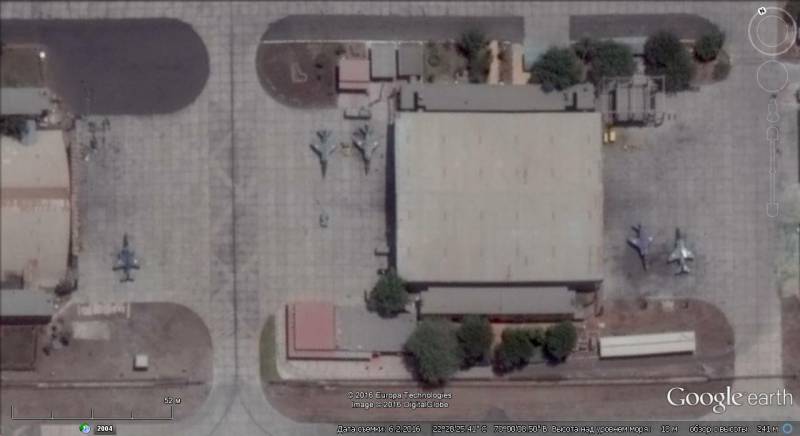
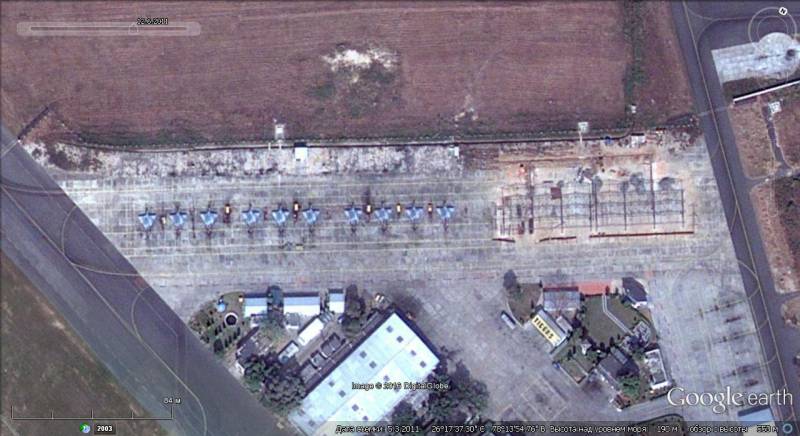
Information